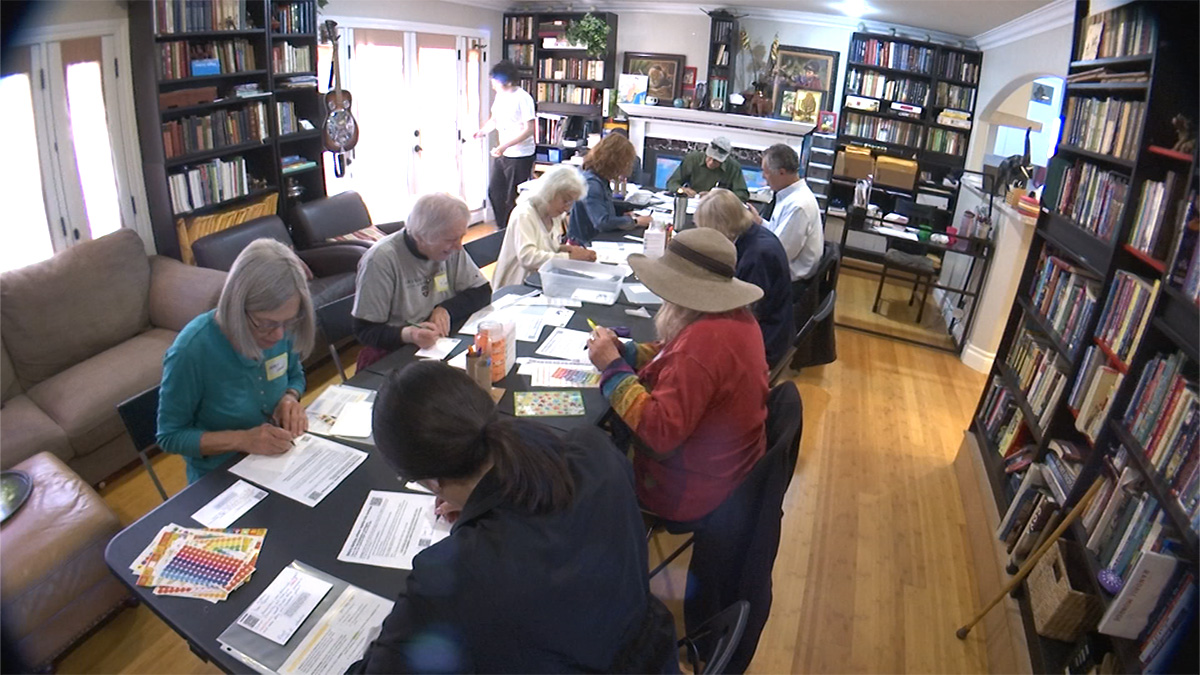Women might use emoticons more than men, but men have a broader emoticon vocabulary.
That’s what researchers from Rice University are saying in a new study that evaluated the use of emoticons in text messages.
“This was a unique study in that we were able to collect data from subjects as they used their phones,” said Philip Kortum, a psychology professor at Rice, who said it was the first such study to watch subjects “in the wild.”
“Most studies had relied on results of self-reported behavior,” he said, which is “generally not a very good at reconstructing behavior."
Kortum said the results of this latest study, published in the journal Computers in Human Behavior, are just one small part of a major investigation into the way college kids, and therefore people in general, use their smartphones.
Kortum and his colleagues enlisted 21 Rice students, 11 women and 10 men, and provided them with iPhones for one year. Each phone was equipped with a custom logger, or tracker, that did not interfere with the phone’s use but recorded how, when and where the student used the phone.
In the case of the text messages, all the words were scrambled for privacy; only the emoticons were recorded. At the end of six months, the researchers sorted through the 158,098 text messages the students had sent.
Local
Surprisingly, Kortum said, only 4.2 percent of all messages contained emoticons. However, the researchers recorded 74 different kinds of emoticons in these messages.
Three emoticons – happy :), sad :( and very happy :D – accounted for 70 percent of emoticon use.
The researchers found that women had a higher emoticon-to-word ratio than men, but men were more diverse in the kinds of emoticons used. Kortum did not want to speculate about why men might have a broader emoticon vocabulary – twice as broad – but said it’s an area he’d like to explore further.
The researchers also found that one participant accounted for 20 percent of the text messages sent and received. He was removed from the current study because his use was so far out of the norm – he averaged 201 text messages a day, Kortum said.
“Because our sample size was so small, we can’t draw a complete distribution” of how often most people text, Kortum said. But this one student was way out of the normal range compared with the other study subjects.
“Maybe he was going through a relationship situation,” Kortum said.
View this story on California Watch
This story was produced by California Watch, a part of the nonprofit Center for Investigative Reporting. Learn more at www.californiawatch.org.



